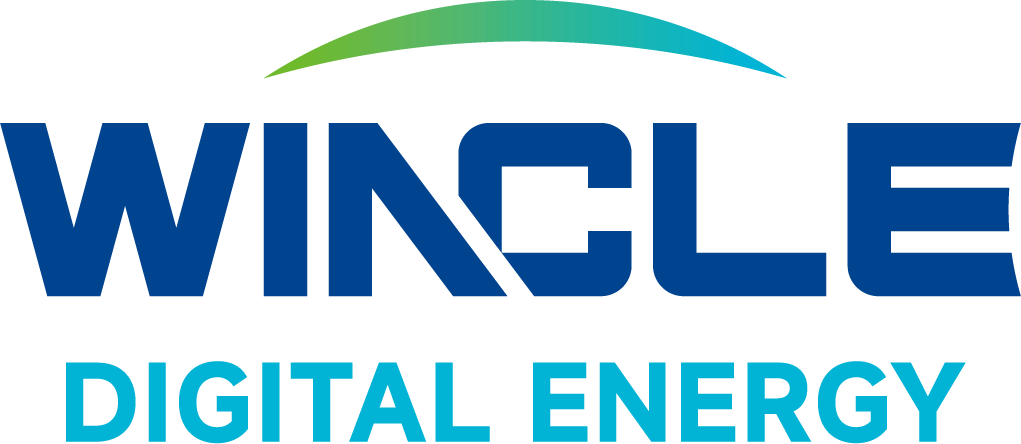Unlocking Energy Independence: How PV ESS Revolutionizes Solar Power Storage
Release time:
2025-03-03
Source:
Unlocking Energy Independence: How PV ESS Revolutionizes Solar Power Storage
As global energy demands continue to rise, the need for sustainable and efficient energy solutions has never been more critical. At the forefront of this transformation is the Photovoltaic Energy Storage System (PV ESS), a revolutionary technology that not only optimizes solar energy utilization but also empowers individuals and communities to achieve energy independence. This article delves deeply into PV ESS, exploring its technology, benefits, applications, and future prospects in the realm of solar power storage.
Table of Contents
- What is PV ESS?
- How PV ESS Works
- Benefits of PV ESS
- PV ESS and Energy Independence
- Applications of PV ESS in Various Sectors
- Challenges and Limitations of PV ESS
- The Future of PV ESS Technology
- Frequently Asked Questions
What is PV ESS?
Photovoltaic Energy Storage Systems (PV ESS) integrate solar energy generation and energy storage technologies to harness solar energy effectively. Essentially, PV ESS consists of solar panels that convert sunlight into electricity and battery storage systems that store the generated energy for later use. This combination allows for the efficient utilization of solar power, even when the sun is not shining.
Key Components of PV ESS
Understanding the components of PV ESS is crucial to appreciating its functionality:
- Solar Panels: These are photovoltaic cells that convert solar energy into electrical power.
- Inverters: Inverters convert the direct current (DC) produced by solar panels into alternating current (AC), making it usable for home appliances.
- Batteries: Energy storage systems, typically lithium-ion or lead-acid batteries, store excess energy generated during the day for use during non-sunny hours.
- Control Systems: These manage the flow of energy between the solar panels, batteries, and home or grid, optimizing energy consumption and storage.
How PV ESS Works
The operation of a PV ESS is straightforward yet sophisticated, integrating renewable energy generation and storage seamlessly. Here’s how it works:
Energy Generation
When sunlight strikes the solar panels, it generates DC electricity. This energy is initially directed towards powering home appliances, with any excess energy being sent to the battery storage system.
Energy Storage
The batteries store the surplus energy generated during peak sunlight hours. This ensures that users have access to electricity even when solar generation is low, such as during cloudy days or at night.
Energy Usage
When the solar panels are not producing enough energy to meet consumption needs, the system automatically draws from the stored energy in the batteries, ensuring a continuous energy supply. This process minimizes reliance on the grid and enhances energy independence.
Benefits of PV ESS
Investing in a PV ESS offers numerous benefits that contribute to energy independence and sustainability:
1. Enhanced Energy Independence
By generating and storing their own electricity, users can reduce their reliance on the grid, especially during peak hours when electricity costs are high.
2. Cost Savings
With the rising costs of electricity, utilizing solar energy can lead to significant savings on energy bills. Additionally, many regions offer incentives for solar installations, further reducing upfront costs.
3. Environmental Impact
PV ESS systems contribute to a reduction in greenhouse gas emissions by promoting the use of clean, renewable energy sources. This is crucial in combating climate change and fostering a sustainable environment.
4. Energy Resilience
In areas prone to power outages, PV ESS provides a reliable backup power source, ensuring that homes and businesses can continue to operate during emergencies.
5. Increased Property Value
Homes and businesses equipped with solar energy systems often see an increase in property value, as prospective buyers are increasingly looking for energy-efficient and sustainable features.
PV ESS and Energy Independence
Energy independence is a crucial objective for many individuals and communities, and PV ESS plays a pivotal role in achieving this goal. By harnessing solar energy, users can take control of their energy production and consumption, reducing vulnerabilities associated with energy price fluctuations and supply shortages.
Community Impact
Communities that adopt PV ESS can collectively benefit from enhanced energy stability and sustainability. Local initiatives focused on solar energy generation and storage foster economic growth and job creation within the renewable energy sector.
Policy Support
Governments worldwide are increasingly recognizing the importance of energy independence and sustainability. Many are introducing policies and incentives to support the adoption of PV ESS, making it more accessible for households and businesses.
Applications of PV ESS in Various Sectors
The versatility of PV ESS allows it to be utilized across various sectors, each benefiting from its unique capabilities:
1. Residential Applications
Homeowners are among the primary users of PV ESS. By installing solar panels and storage systems, they can reduce energy costs, enjoy energy independence, and increase property value.
2. Commercial Applications
Businesses can leverage PV ESS for significant cost savings on energy bills, allowing them to invest those savings back into their operations. Moreover, companies have a responsibility to adopt sustainable practices, making PV ESS a viable solution.
3. Agricultural Applications
Farmers can utilize PV ESS to power irrigation systems, greenhouses, and livestock operations. This technology not only reduces operational costs but also mitigates the environmental impact of traditional farming methods.
4. Remote and Off-Grid Applications
In remote areas where access to the grid is limited or non-existent, PV ESS provides a reliable energy source, enabling communities to thrive independently. This application enhances quality of life and supports economic development.
Challenges and Limitations of PV ESS
While PV ESS presents numerous advantages, it is essential to acknowledge the challenges associated with its adoption:
1. Initial Costs
Although prices for solar technology have decreased significantly, the initial investment for a complete PV ESS installation can still be substantial, deterring some potential users.
2. Battery Lifespan and Maintenance
The lifespan of batteries used in PV ESS can be a concern, as they may require replacement every few years, adding to maintenance costs and considerations.
3. Space Requirements
Installing PV ESS necessitates adequate space for solar panels and battery storage, which may not be feasible for all properties, particularly in urban areas.
4. Performance Variability
The efficiency of PV ESS is influenced by factors such as geographic location, weather conditions, and system design. Users must consider these variables when assessing performance expectations.
The Future of PV ESS Technology
The future of PV ESS looks promising, with ongoing advancements in technology enhancing its efficiency and affordability. Here are some trends shaping the future of PV ESS:
1. Technological Innovations
Continued research and development in battery technology, such as solid-state batteries and improved lithium-ion cells, are expected to enhance storage capacity, efficiency, and longevity.
2. Integration with Smart Grids
The integration of PV ESS with smart grids will facilitate better energy management, enabling users to optimize energy consumption and storage dynamically, leading to greater efficiency.
3. Increased Adoption of Electric Vehicles (EVs)
The rise in electric vehicle adoption will drive the demand for energy storage solutions, as households will seek to power their vehicles with renewable energy, further promoting the use of PV ESS.
4. Policy and Incentive Developments
As governments around the world continue to emphasize sustainability, we can expect more supportive policies and incentives that promote the adoption of PV ESS in residential and commercial sectors.
Frequently Asked Questions
1. What is the average lifespan of a PV ESS system?
The average lifespan of a PV ESS system varies, but solar panels typically last 25 to 30 years, while battery systems may require replacement every 5 to 15 years, depending on usage and technology.
2. Can PV ESS work in cloudy weather?
Yes, PV ESS can still generate energy during cloudy weather, although efficiency may be reduced. The stored energy in batteries can be utilized when solar generation is low.
3. Are there any government incentives for installing PV ESS?
Many countries offer tax credits, rebates, and grants for installing solar energy systems. It is advisable to check local and national programs to understand available incentives.
4. How much can I save on energy bills with PV ESS?
The savings from a PV ESS depend on various factors, including energy consumption, system size, and local electricity rates. Many users report savings ranging from 50% to 100% on their energy bills.
5. Is it worth investing in a PV ESS?
For many homeowners and businesses, investing in a PV ESS is worth it due to potential cost savings, increased property value, environmental benefits, and energy independence.
Conclusion
Photovoltaic Energy Storage Systems (PV ESS) represent a significant advancement in solar power technology, providing individuals and communities with the tools to achieve energy independence and sustainability. By harnessing solar energy and optimizing its storage and usage, PV ESS can lead to substantial cost savings and environmental benefits. As technology continues to evolve and government support increases, the future of PV ESS looks bright, paving the way for a more sustainable and energy-independent world. Embracing this technology is not just a personal or financial decision; it is a step towards a cleaner, more resilient future for all.
PV ESS
latest news












